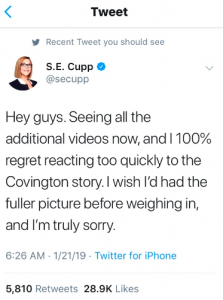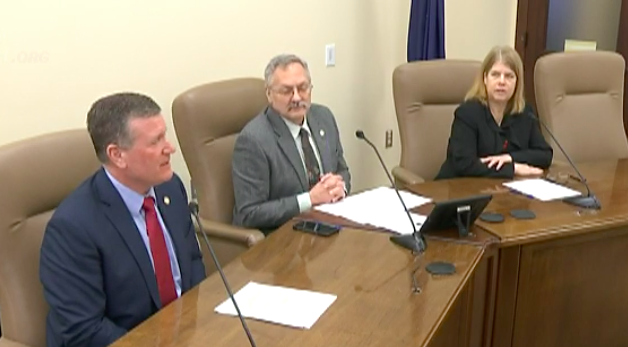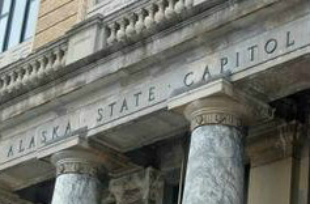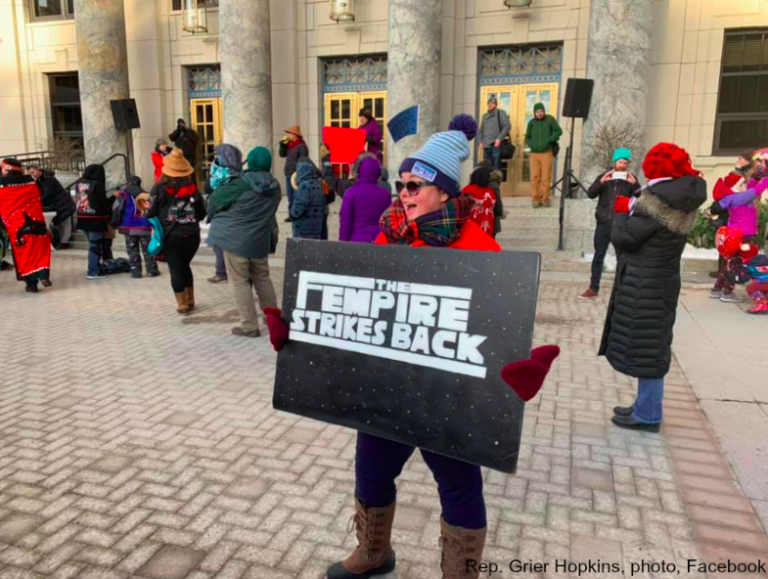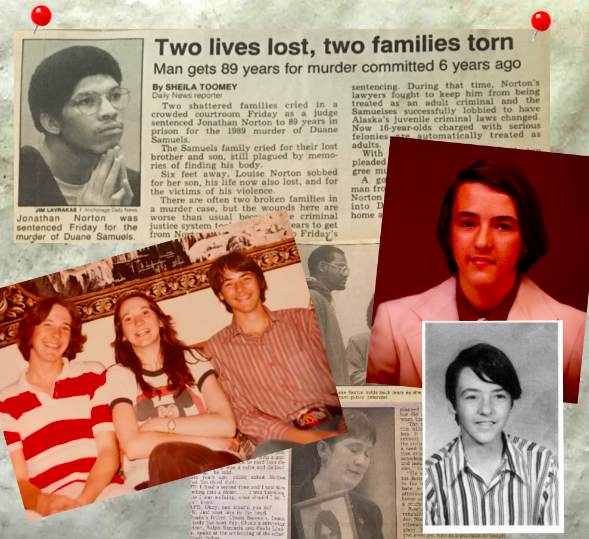WRITE THE PAROLE BOARD: JONATHAN NORTON IS A DANGER TO SOCIETY
BY RALPH SAMUELS
GUEST CONTRIBUTOR
Oct. 5, 1989. It was a Thursday. It was the day that changed everything. And for parts of me, that day has been going on for 30 years.
Oct. 5, 1989 was the day that my father, my brother-in-law and I found my older brother’s murdered body stuffed into a closet in his south Anchorage home. Duane Samuels had been shot three times.
Autopsy reports advised us that there was “starring” on his skull surrounding the head shot, which means the last thing Duane ever felt was the barrel of a .357 magnum being put to his head.
Duane was a civil engineer who worked for the Corp of Engineers on Shemya Island in the Aleutians. He worked several weeks on, several weeks off.
Jonathan Norton was a disturbed sixteen-year-old Service High School student. Prior to Oct. 4, he had robbed Duane’s home, as well as several other homes in the neighborhood. But during his robberies, Norton had failed to find the keys to Duane’s car that was parked in the driveway. So he returned.
What happened next was not a drug deal gone bad, or someone being on the wrong side of the tracks after midnight. Duane was in his own home near De Armoun Road on Oct. 4 at about 10 am when the doorbell rang.
The interview with Norton conducted by APD detectives painted a grim picture of what happened next.
APD: Did you know he (Duane) was home?
Norton: Yes, that’s why I brought the gun.
APD: What did you do then (after shooting Duane)?
Norton: He fell to his knees and I shot him again.
APD: What happened then?
Norton: He was crawling across the floor towards the closet, and I shot him in the head.
After killing Duane, Norton took Duane’s car, and threw the gun in the woods near Service High School. What he did next shows how truly callous and heartless a person he is. Norton returned to Duane’s house several times. The first time, he moved the body into the closet, grabbed a 7-Up from the fridge and left. The next time he returned to show off my brother’s dead body to his friend David. The next time, Norton returned to the house to steal beer out of Duane’s refrigerator.
Duane Samuels was 29 years old.
Norton murdered Duane on Oct. 4. We found my brother’s body on October 5, and APD arrested Norton on October 6, driving Duane’s car.
[READ: Ralph Samuels 1995 victim impact statement]
For the better part of the next decade, various lawyers and judges argued about whether or not Norton should be treated as an adult, whether the police erred in not calling his parents prior to the confession and other assorted technical issues (none of which challenged the fact that Norton murdered Duane Samuels). Norton, through his attorneys, attempted to keep my family from attending any of the hearings, claiming that our presence would do nothing to help, but would “inflame the passions of the court.” We won that particular battle and were allowed to attend all proceedings.
During these proceedings, we learned a good deal about Jonathon Norton. Prior to the murder, his parents placed him in a Charter North Behavior Health program due to mental health issues. In his video taped confession, Norton claimed to be very angry the day of the murder due to the fact that Save High School had wanted him to take psychological tests prior to admittance.
Norton stated that “I am sick of taking these tests, I have been doing it my whole life.”
Grand Jury testimony given by a high school acquaintance of Norton’s stated that in the week leading up to the murder, Norton had repeatedly stated that he was going to get the car, and going to kill the guy in order to do it.
After years of legal wrangling, the murder confession was allowed into court, Norton pled guilty and was sentenced to 99 years, the maximum allowed by law. He was given a chance to reduce this by 10 years if he finished a program to receive a GED while in prison (although, I still fail to see how securing a GED will help protect the public from a sociopathic murderer).
Alas, a life sentence is not really a life sentence, even for the most brutal of killers. Jonathan Norton will have his first parole hearing in February 2019. My sister, her husband, my parents and I will travel back in time to Oct. 5, 1989, and relive the gruesome, brutal details of that day all over again.
What violent crime does to families is nothing short of horrific. Parents of murdered children, rape victims and other victims of violence have to learn to live with what happened, but they never truly recover, nor do they forget.
The simplest question, “how many siblings do you have?” takes me back to that life-changing day in 1989. “Two . . . err . . . one . . . uh . . . I have a sister.” Acquaintances who are simply asking polite questions don’t really want to hear the whole story, and I don’t really want to tell it over and over again.
For a long time after the murder, my father was unable to open the closet in his own home, as it reminded him of how he found his oldest son.
HOW YOU CAN HELP
Jonathan Norton has served only the minimum time allowed under his sentence. His parole hearing is in mid-February. If you agree with me that the events of Oct. 4/5, 1989, deserve more than the minimum, you can let the Parole Board know your feelings at [email protected] with a copy to Kathy Hanson at the Office of Victims Rights at [email protected].
Your input can truly make a difference. I believe it is simply not fair to the Samuels family to have the murderer serve only the minimum of his sentence, not to mention the danger to the public if he is released. And more importantly, it certainly isn’t fair to Duane Samuels.
The story of wasted youth that the Parole Board should concern itself with is the story of the victim: a polite, respectful, hard-working 29-year-old whose life was sadistically and needlessly taken.
